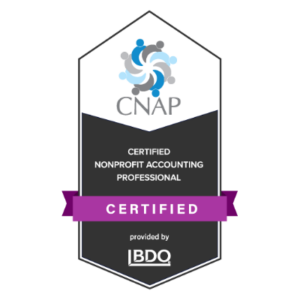The concept of “open book management” isn’t new, but it seems to be making a comeback recently due to years of corporate scandals and catastrophes. Investors and employees alike want to know who they’re supporting or working for and what’s going on behind the scenes, so CEOs are putting it all out there.
Allowing access to your most intimate (usually financial) data can be risky though. Often there are nuances or anomalies within the numbers that someone could easily misinterpret, causing even more distrust or concern than before they had that inner circle level access.

As a CFO, I LOVE sharing the financials with anyone and everyone – your employees, your board, your leadership team – so I’m a huge proponent of financial transparency. However, transparency is easy to get wrong when you share too much information without explanation, so I NEED to share three ways to be transparent the RIGHT way.
1. Begin by sharing strategy and goals. In order to execute the strategy and accomplish the goals, your people need to be on board with what you’re doing. Better than just sharing your strategic plan with a top-down approach, why not get everyone involved in the creation process? Hold roundtables, create working groups, and let everyone be a participant in the process to ensure buy-in. Without this background and investment in the strategy, the numbers you share will mean little.
2. Add context to the numbers. Sure, it’s easy to run a P&L and balance sheet and drop them into an email, or just forward your board documents to the organization. But the financial dexterity and comprehension of your team surely varies and many people won’t have the first clue on how to interpret the numbers. If you’re going to share, you must take the extra step to explain the numbers. Whether you send a dashboard with concise and clear talking points, or host a webinar or meeting to walk through the actions behind the numbers, this step is crucial. Bonus – this is great professional development for your employees!
3. Don’t leave out the negative stuff. Of course we all want to share the good – people get excited when we exceed our revenue numbers or land that multi-million dollar grant. But what happens when we miss our targets or severely exceed our expense budget? If you want to build trust, you still have to share the bad and the ugly. Worried that it will freak your people out? See above – add context to those numbers! For example, you missed your target because a funder’s board meeting got rescheduled, NOT because your organization is folding – and your people need to know that critical fact.
#strategicplan #strategicplanning #transparency #financialmanagement #financialstatements #finance #CFO



















